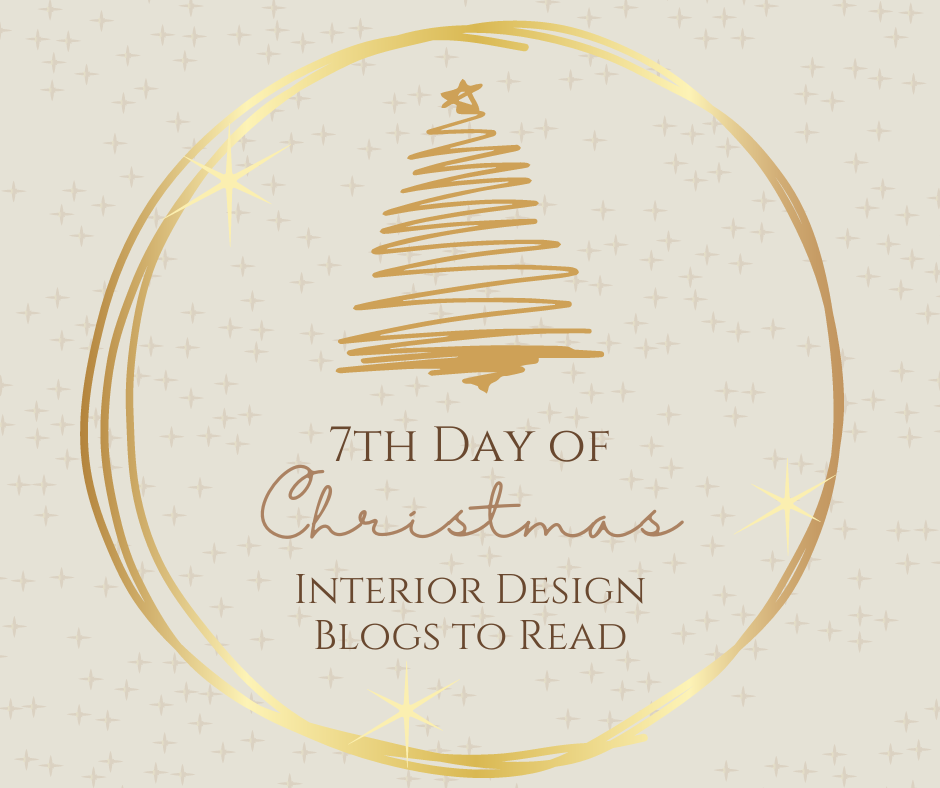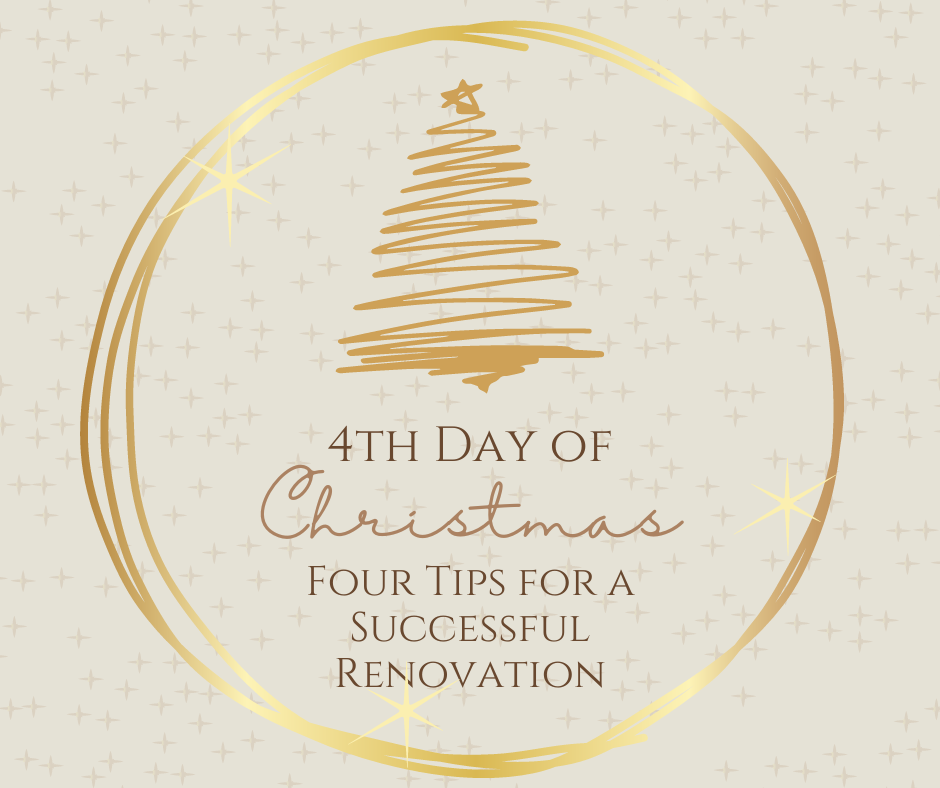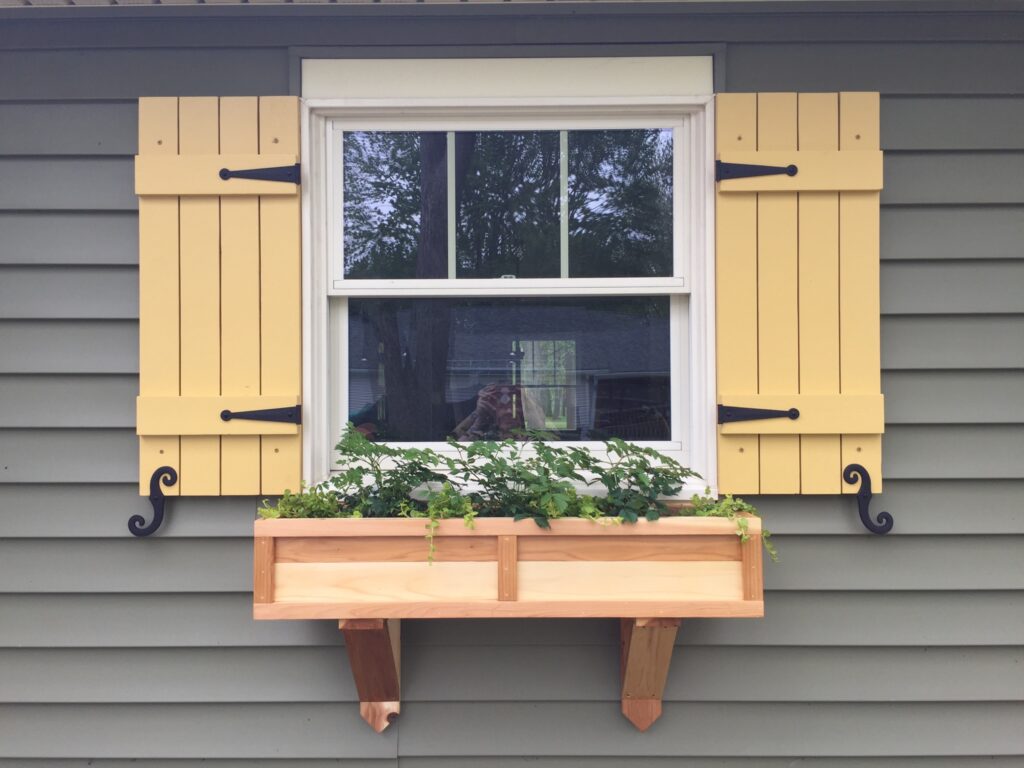Your Guide to Working with an Interior Designer
Working with an interior designer can transform your living space from functional to fabulous, but understanding what they do and how they differ from decorators is crucial when embarking on a design project. Whether renovating a single room or undertaking a whole-home makeover, here’s what you need to know about interior design, working with a designer, and what to consider when choosing the right professional for your project. What Is Interior Design? Interior design is the art and science of enhancing a building’s interior to create a more functional and beautiful environment. However, it’s about more than just aesthetics. While interior design certainly focuses on making a space beautiful, it’s also about creating a functional and efficient space that meets your needs. One of the most important aspects of interior design is space planning, which involves creating a layout that maximizes the functionality and flow of a space. Finishes are also important as they can affect mood and set the tone for a space. It’s important to choose colors that complement each other and fit the style and purpose of the room. Lighting is another crucial aspect of interior design. It creates ambiance, highlights design elements, and affects how colors and textures are perceived. Interior design requires attention to many small details, from selecting the right cabinet hardware to choosing the perfect bathroom towel rings, bars, and robe hooks.. Every detail counts when it comes to creating a cohesive and beautiful environment. Overall, interior design is concerned with ensuring a home’s fixed elements serve the people using it. Creating a beautiful and functional space requires creativity, technical skills, and attention to detail. What Is an Interior Designer? An Interior designer is trained in architecture, design, and building codes and can help with space planning, structural changes, and construction. They combine artistic flair with technical expertise to enhance residential or commercial environments’ functionality, safety, and beauty. Unlike interior decorators, who focus primarily on aesthetics and furnishings, interior designers are trained to handle structural changes or major renovations. If you are doing a larger project that involves major renovation, it may be best to work with an interior designer. What Is an Interior Decorator? While both interior designers and decorators enhance the appearance of spaces, their roles differ significantly in scope and expertise. Interior decorators specialize in furnishings, fabrics, and aesthetics, focusing more on surface-level transformations and decor choices. An interior decorator may be the best choice if you primarily focus on decorating an existing space, such as updating the furniture and décor. Ultimately, the decision to hire an interior designer or decorator will depend on your specific needs and the scope of your project. Researching and interviewing potential professionals is essential to finding the right fit for your project. What to Expect from Working with an Interior Designer An interior designer helps transform your living space into a functional and aesthetically pleasing environment. When you engage an interior designer, you tap into a wealth of knowledge and creativity to transform your vision into reality. They’ll start by understanding your needs, preferences, and lifestyle to create a customized design plan. Expect thorough consultations, detailed space assessments, and collaborative discussions to refine your design goals. A good designer will guide you through material selections, color schemes, furniture layouts, and lighting plans, ensuring that every aspect aligns with your aesthetic preferences and functional requirements. Once the design work is completed, some interior designers will manage the construction phase of your project (we do!). Overall, an interior designer provides you with the expertise, creativity, and resources necessary to create a beautiful and functional environment that reflects your unique style and meets your specific needs. The Interior Design Process Our approach to interior design is comprehensive and client-centered. We begin with an initial consultation to discuss your project scope, budget, and timeline. This phase is crucial for understanding your vision and establishing clear objectives. Following this, we conduct a detailed assessment of your space, considering architectural features, existing furnishings, and structural considerations. The design development phase involves conceptualizing layouts, selecting materials, and presenting design proposals tailored to your preferences. We collaborate closely with you, refining designs based on your feedback until we achieve a concept that exceeds your expectations. Once the design is finalized, we move into the implementation phase, where we manage the project from procurement and construction oversight to final installation and styling. Our goal is to ensure a seamless transition from concept to completion, delivering a space that reflects your personality and enhances your lifestyle. Managing the Entire Project Beyond design conceptualization, many interior designers offer project management services to oversee every aspect of the implementation phase. This includes coordinating with contractors, managing timelines and budgets, and ensuring construction meets design specifications. By taking on project management responsibilities, designers streamline the process for clients, alleviating stress and ensuring that the final result aligns with the approved design vision. Questions to Ask an Interior Designer When selecting an interior designer for your project, it’s essential to ask the right questions to ensure a good fit and a successful outcome: What is your design philosophy and style? Look for an answer that aligns with your preferences and your desired functionality. A professional designer should articulate a clear philosophy that resonates with your vision for the space. Can you provide examples of past projects similar to mine? Ideally, the designer should showcase relevant projects demonstrating their ability to handle similar challenges and achieve desired outcomes. Pay attention to the quality of work and whether it matches your expectations. How do you charge for your services, and what is included in your fee? It is important to have a transparent answer detailing whether they charge a flat fee, hourly rate, or percentage of the project cost. Also, understand the services included in this fee, such as design concepts, procurement, and project management. Do you have experience working within my budget range? The designer should have experience working across various budget ranges. They should discuss managing costs,







